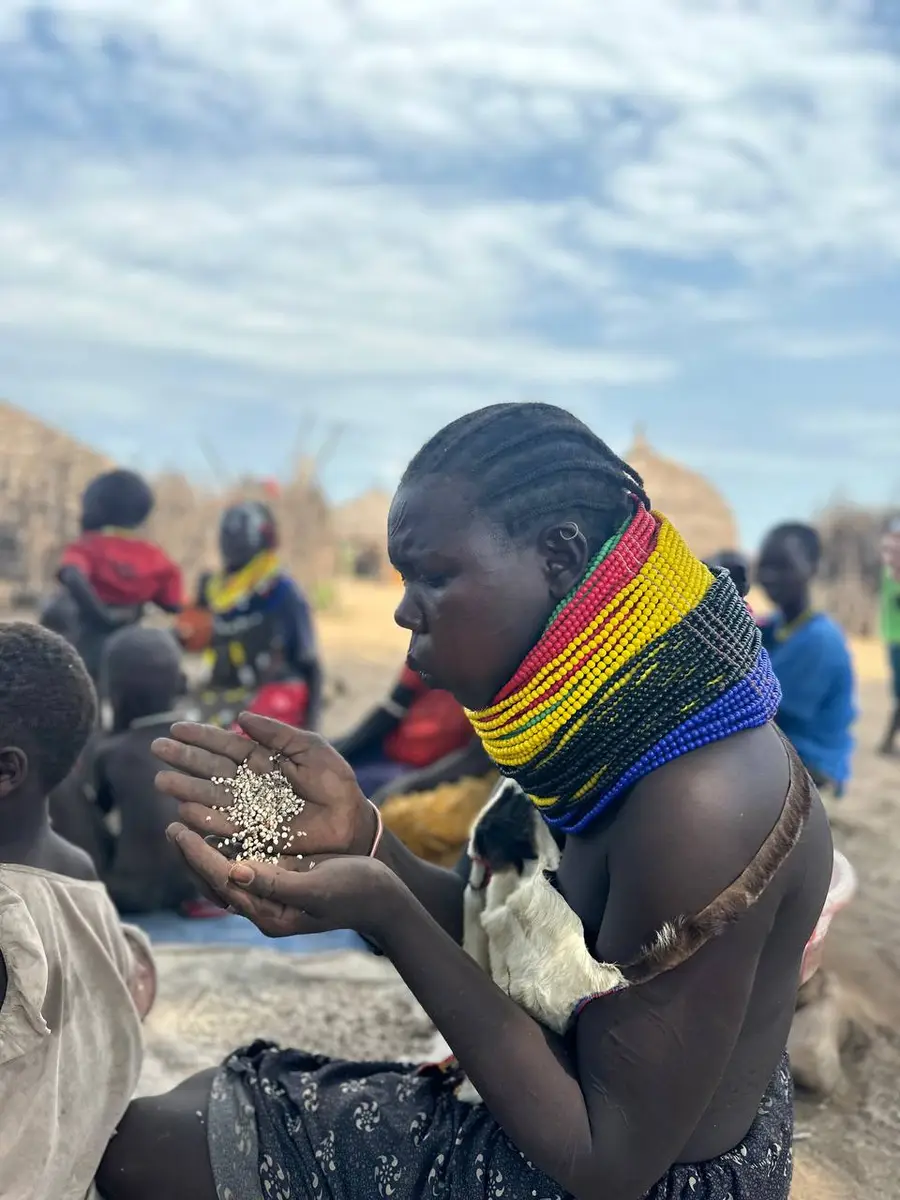
06
Jul
Discovering the Diverse Tribes of Omo Valley, Ethiopia
Nestled in the southwestern part of
Ethiopia lies a region renowned for its cultural diversity and traditional way
of life—the Omo Valley. Home to several distinct tribes, each with their own
customs, languages, and unique practices, visiting the Omo Valley is like
stepping into a living museum of human heritage. Let's delve into the
fascinating world of these tribes, exploring their rich traditions and the
allure they hold for travelers seeking authentic cultural experiences.
The Tribes of Omo
Valley
1.The Mursi are
perhaps the most well-known tribe of the Omo Valley, celebrated for their
distinctive lip plates worn by women. This adornment, a symbol of beauty and
status, reflects their cultural identity and traditional values.
2. The Hamer people,
renowned for their elaborate
initiation ceremonies, are recognized by their unique hairstyles adorned with
ochre, beads, and feathers. They are known for their bull jumping rituals,
marking the transition of young men to adulthood.
3. The Karo, with their artistic prowess, are famous for intricate body
painting using natural pigments and clay. Their skillful use of body art serves
both aesthetic and ritualistic purposes within their community.
4. The Bodi, predominantly pastoralists, are known for their unique New Year
festival called the Ka'el, where men compete in a traditional contest to gain
recognition and status.
5. The Dassanech,
also known as the 'people of the
Delta', inhabit the banks of the Omo River and are known for their resilient
lifestyle, adapting to the harsh environment of the region through fishing and
agriculture.
6. The Suri people,
known for their intricate body
scarification and elaborate stick fighting ceremonies, are one of the most
visually striking tribes of the region. They inhabit the mountainous areas
bordering South Sudan and maintain their pastoralist way of life.
7. The Ari people,
primarily agriculturalists, are
known for their skill in cultivating coffee, which is a major cash crop in the
region. They have a rich cultural heritage including traditional music and
dance forms.
8. The Arbore tribe,
known for their distinctive
hairstyles adorned with colorful beads and cowrie shells, live near Lake Chew
Bahir and are traditionally pastoralists.
9. The Niangatom
tribe, also known as the Bume, are
semi-nomadic pastoralists who live in the mountainous areas near the Omo River,
practicing seasonal migration with their cattle herds.
10. The Bena tribe,
known for their unique hairstyles
and beadwork, are agriculturalists and maintain a rich cultural identity
expressed through their traditional ceremonies and rituals.
11. The Tsemay
tribe, primarily farmers, are known for
their cultivation of sorghum and maize. They have a distinct cultural identity
expressed through their traditional clothing and ceremonies.
Cultural Practices
and Traditions
Each tribe in the Omo Valley
possesses its own distinct cultural practices, from intricate scarification
patterns to ceremonial dances and rituals that celebrate life events and
seasonal changes. These traditions offer visitors a profound insight into a way
of life that remains largely unchanged for centuries, fostering a deep
appreciation for cultural diversity and human resilience.
Challenges and
Preservation Efforts
While the cultural richness of the
Omo Valley is a source of fascination, it also faces challenges from modern
influences and environmental changes. Efforts to preserve these traditions and
maintain ecological balance are crucial for ensuring the sustainable future of
the region and its inhabitants.
Visiting the Omo
Valley: Practical Tips
For travelers intrigued by the
allure of the Omo Valley tribes, planning a visit requires careful
consideration of logistics and cultural sensitivity. Local tour operators, such
as Jebena Tours Ethiopia, offer guided
experiences that respect the traditions and livelihoods of the tribes while
providing enriching encounters for visitors.
Conclusion
Exploring the Omo Valley tribes of
Ethiopia offers an unparalleled journey into the heart of Africa's cultural
heritage. From the vibrant traditions of the Mursi to the resilience of the
Dassanech, each tribe contributes to a tapestry of human diversity that
captivates and educates visitors. As travelers increasingly seek authentic
cultural experiences, the Omo Valley stands as a beacon of tradition and
resilience—a testament to the enduring spirit of its people.
Share Now



Comments